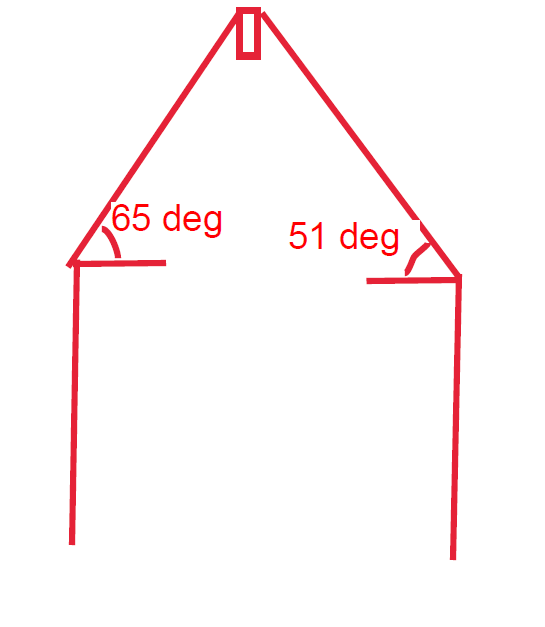TimeToPlay
Structural
Issue#1
I have to design a roof with not only uneven slope but also the slopes are very steep. I have looked TJI, PSL, etc. products and the manufactuer does not have product that can support such steep slopes. Does anyone know if there are any wood products and connections can support this design?
Issue#2
The roof design will have a ridge beam that has a max span of 30 ft with intermediate wall supports. Ideally, the rafter will be supported by the ridge beam and the wall. Because the roofs are steep and uneven, I suspect that there will be
thrust loads on the wall. Any thoughts on this?
I would like to appreciate any help on this matter. Thanks!

I have to design a roof with not only uneven slope but also the slopes are very steep. I have looked TJI, PSL, etc. products and the manufactuer does not have product that can support such steep slopes. Does anyone know if there are any wood products and connections can support this design?
Issue#2
The roof design will have a ridge beam that has a max span of 30 ft with intermediate wall supports. Ideally, the rafter will be supported by the ridge beam and the wall. Because the roofs are steep and uneven, I suspect that there will be
thrust loads on the wall. Any thoughts on this?
I would like to appreciate any help on this matter. Thanks!

